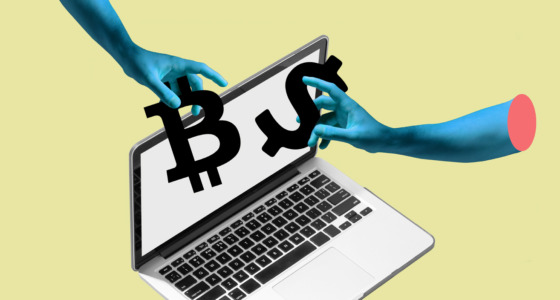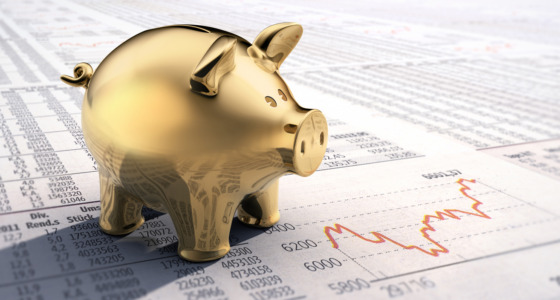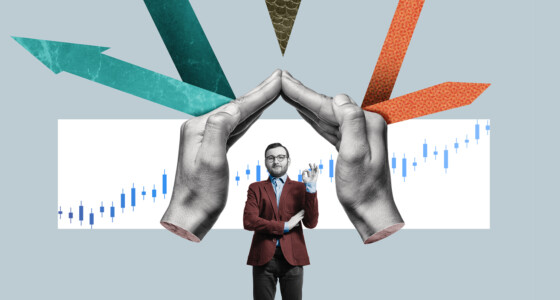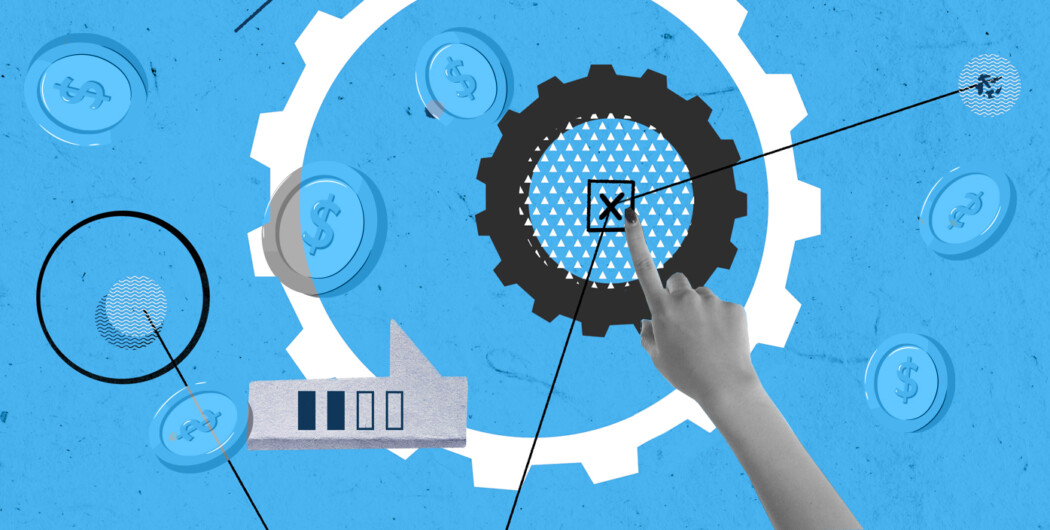

Newbie traders constantly avoid capital management. Still, it’s one of the essential aspects of successful trading. Some traders know about the risk/reward ratio, but it’s not the only way to maintain your funds. Below, you will find five techniques of effective money management in trading.
According to statistics, the success rate for day traders is about 10%. This doesn’t mean you should avoid trading, but you should know how to save your funds.
1. Risk/reward ratio in trading
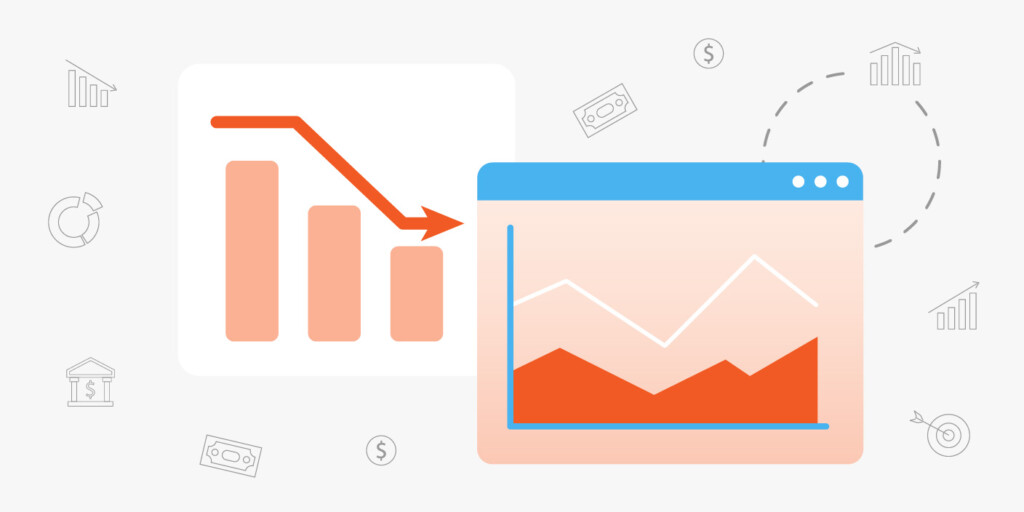
Let’s start with the most common concept – the risk/reward ratio. A trader should identify a certain ratio between potential risks and rewards. The most common ratios are 1:2 and 1:3, meaning that the potential profit should be at least twice the potential loss. The higher the ratio, the safer the position.
Traders determine the ratio according to current market conditions, experience, and psychology. Here, it’s worth mentioning behavioral finance in trading. Behavioral finance assumes that psychological biases affect investor decisions and can lead to various market anomalies.
2. Stop-loss and take-profit techniques
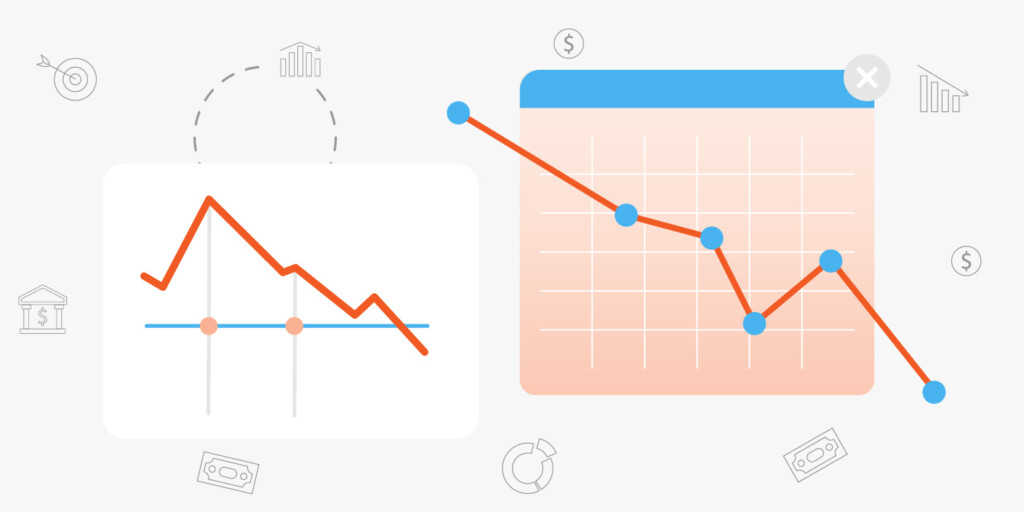
The theory recommends traders place exit points in advance regardless of the trade outcome. The risk/reward ratio concept is interconnected with stop-loss and take-profit techniques, as many traders use it to determine exit points.
However, the levels also depend on current price movements. One of the profit-taking techniques is to use the nearest support and resistance levels to close a winning trade. Another opportunity is to use trailing take-profit orders to close a trade partially, minimizing risks.
When identifying stop-loss levels, measuring potential risks is vital, so they don’t affect your budget. Aside from technical analysis tools, you can consider established stop-loss strategies for traders.
3. Anti-martingale method
The Martingale approach implies an increase in a position size after a loss to recoup it. For instance, if you lose 2% of your capital, you need to risk 4% the next time; if you lose again, you risk 8%, and so on. Although the theory assumes that a trader can’t constantly lose, it’s a highly risky method.
There is a safer method – the anti-Martingale strategy. You don’t increase but reduce the amount of your capital after each loss. That is, if you lose 2% of your capital, you risk only 1% next time. If you fail again, you reduce the traded amount to 0.50, and so on.

4. Risk a particular percentage

One of the techniques of money management for active traders suggests they use a certain percentage of their capital per trade. Usually, it varies from 1% to 3%.
For instance, if a trader applies a conservative approach and risks only 1% of its capital, then having a $10,000 account, they would put $100 in one trade. If they lose a trade and have a $9,900 balance, they will put in $99, and so on.
Some traders use a particular percentage of an initial balance. For instance, in the case of 1% risk, they will invest $100 in each trade.
5. Risk free funds
Even if you learn all technical indicators and patterns, know how fundamental analysis affects the markets, and practice on demo and real accounts, you can’t be sure your trade will be successful. Numerous unpredictable factors affect markets. Therefore, it’s vital to risk only funds you can lose without damaging your daily life. Calculate your earnings and spending and understand what amount you can afford to lose. You should always track your budget and keep trading funds separate from your daily spending.
Final thoughts
Risk management for traders is a vital aspect that everyone who wants to enter a market should learn. If you can’t manage your funds, you won’t earn. Every technique mentioned above can be tested on a demo account first and applied to live trading then. Remember that markets are barely predictable, so you should always consider the risks.
Sources:
Forex: Money Management Matters, Investopedia
How to Effectively do Money Management in Trading?, elearnmarkets





